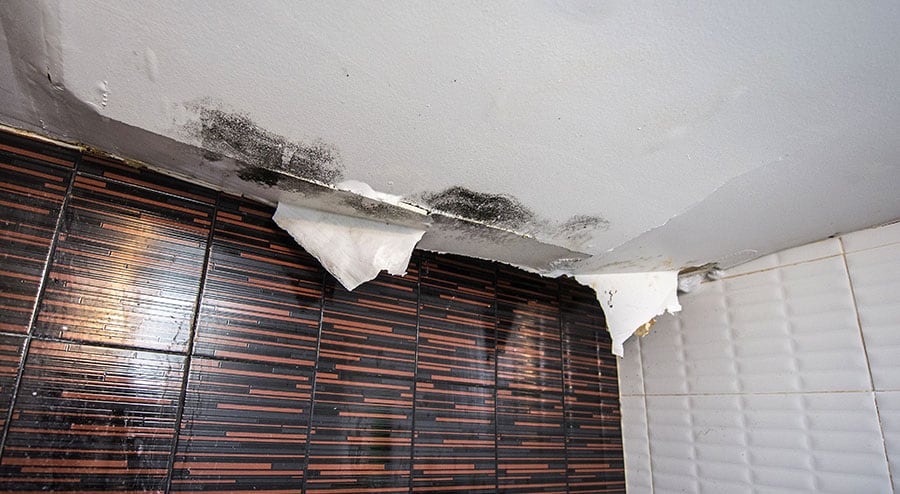6 Water Damage Remediation Do's and Don'ts.
6 Water Damage Remediation Do's and Don'ts.
Blog Article
In this article in the next paragraph you can get lots of extremely good details in regards to Simple Solutions To Preventing Fire And Water Damage To Your Home.

Water provides life, water breach on parts where it's not intended to be can result in damages. If the water saturates into your framework, it can peel off away surfaces as well as deteriorate the foundation. Mold and mildew and also mold also flourish in a moist setting, which can be hazardous for your health. Homes with water damages scent moldy as well as old.
Water can come from numerous sources such as hurricanes, floods, burst pipelines, leakages, and also sewage system issues. In case you experience water damage, it would certainly be excellent to recognize some safety precautions. Right here are a few guidelines on how to manage water damages.
Do Prioritize House Insurance Coverage Protection
Water damages from flood because of heavy winds is seasonal. Nonetheless, you can likewise experience an abrupt flooding when a faulty pipeline instantly bursts right into your house. It would certainly be best to have house insurance coverage that covers both disasters such as all-natural calamities, and emergency situations like damaged plumbing.
Don't Neglect to Shut Off Energies
In the event of a disaster, specifically if you live in a flood-prone location, it would be advisable to switch off the major electrical circuit. This removes power to your whole home, preventing electric shocks when water comes in as it is a conductor. In addition, don't neglect to turn off the major water line valve. When floodwaters are high, furnishings will certainly move and also cause damages. Having the main valve shut down avoids additional damages.
Do Keep Proactive and Heed Weather Condition Signals
Storm floods can be extremely uncertain. If there is a background of flooding in your neighborhood, stay positive and also prepared. Listen to evacuation cautions if you live near a river, lake, or creek . Take out prized possessions from the ground floor and cellar, then put them on the greatest feasible level. Doing so lowers potential building damages.
Do Not Ignore the Roofing System
You can stay clear of rainfall damages if there are no openings and also leaks in your roof. This will stop water from streaming down your walls as well as saturating your ceiling.
Do Take Note Of Small Leakages
A burst pipe doesn't take place overnight. Typically, there are red flags that indicate you have actually deteriorated pipes in your home. You might notice gurgling paint, peeling wallpaper, water streaks, water spots, or leaking noises behind the wall surfaces. Eventually, this pipeline will burst. Ideally, you need to not wait on points to intensify. Have your plumbing fixed before it results in substantial damage.
Do Not Panic in Case of a Burst Pipeline
Keeping your presence of mind is essential in a time of crisis. Worrying will only compound the issue due to the fact that it will certainly suppress you from acting fast. Timing is key when it comes to water damage. The longer you wait, the more damage you can expect. Thus, if a pipe bursts in your residence, instantly shut off your primary water valve to cut off the source. Unplug all electric outlets in the location or transform off the circuit breaker for that component of the home. Lastly, call a credible water damages repair expert for assistance.
Water provides life, water intrusion on components where it's not meant to be can result in damage. Residences with water damage scent old and also moldy.
Water damages from flooding fees to heavy winds is seasonal. You might see gurgling paint, peeling off wallpaper, water touches, water stains, or dripping audios behind the walls. When it comes to water damage, timing is vital.
Water Damage Do's and Don'ts
Do's
Always use rubber gloves to protect your hands & rubber boots to protect your feet and legs. Damage from water and bacteria growth can begin within hours. Call for professional help. Remove as much water as possible by mopping and blotting with sponges. Pull up wet rugs and carpets if hardwood floors are below. Lift draperies off the floor, loop through a coat hanger and place the hanger on the drapery rod. Wipe furniture, prop up wet furniture cushions for even drying and place aluminum foil under furniture legs. Move photos, paintings, art objects, computers, other electronics and valuables to a safe, dry location. Do not remove books from shelves. Pack them tightly to prevent page warping until a restoration professional can begin this specialized drying. Ventilate wet areas. Turn on air conditioning for faster drying in summer (only if there is no visible mold) and winter, alternate cycles of opened windows and heating. Also, open drawers, closets and cabinet doors to enhance drying. Don'ts
Do not enter rooms where there is wet and sagging ceiling! Do not enter a room with standing water until electricity has been turned off. Do not use a regular household vacuum to remove water. Use heat to dry closed building interiors. Mildew and more moisture damage can occur. Do not use electrical appliances while on wet carpet or flooring. Do not disturb visible mold. https://www.myknowledgebroker.com/blog/personal-insurance/water-damage-dos-and-donts/

I came across that content about Ways to Reduce The Risk Of Fire And Water Damage when perusing the web. Please set aside a second to share this blog entry if you enjoyed it. I value reading our article about 5 Home Safety Tips To Reduce The Risk Of Fire And Water Damage.
Report this page